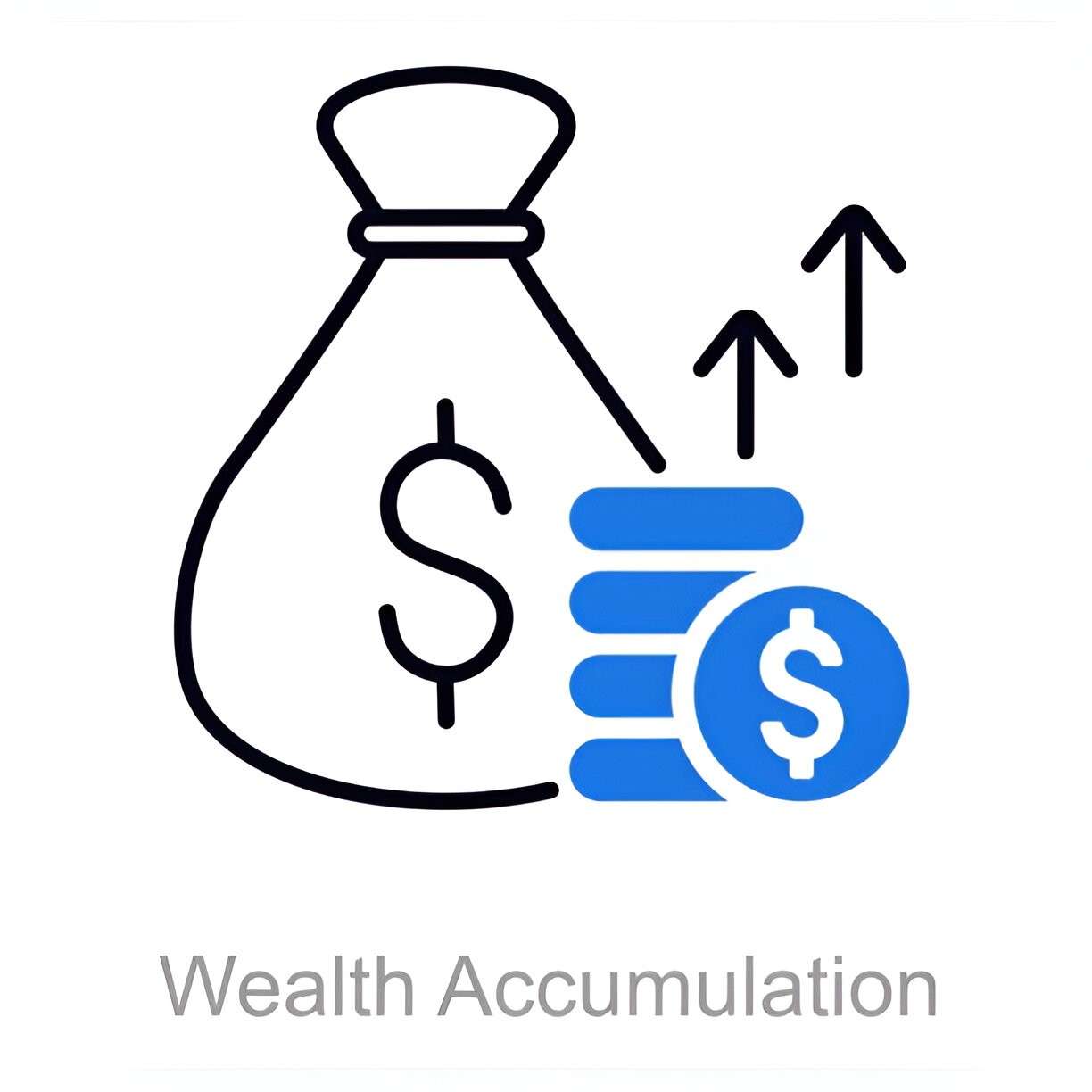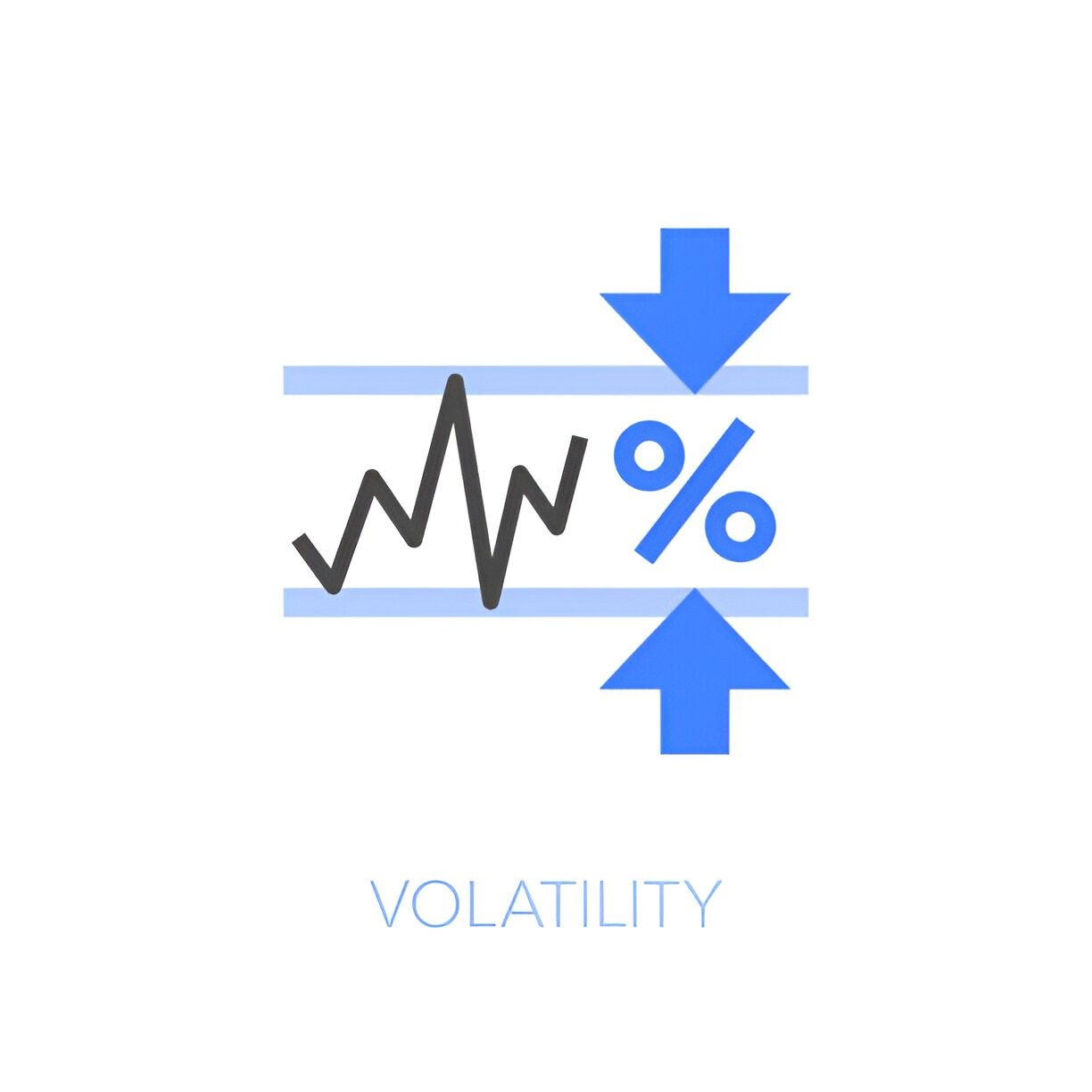Understanding Financial Repression Theory: A Deep Dive into Its Mechanisms and Implications
Financial repression is a term that often surfaces in discussions about economic policy, especially during periods of high debt or economic instability. As someone deeply immersed in the finance and accounting fields, I find this concept both fascinating and critical to understanding how governments manage debt and influence economic outcomes. In this article, I will […]










